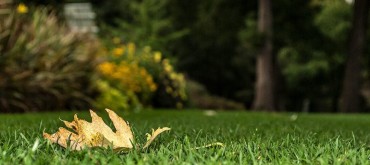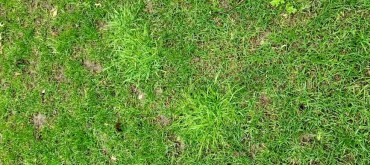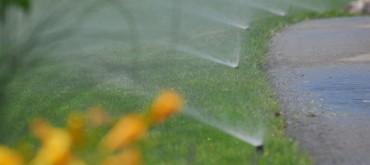In Southern Ontario fall frost typically occurs from October through December in the evenings, when the temperature begins to drop below zero. For the average homeowner this means that it’s time to put away the barbeque, drain your outdoor taps, and store your mower for the winter, however for your grass plant it means a lot more.
Surprisingly, the first few frosts of the year are crucial to the health of your lawn. A process known as hardening occurs during the first winter a grass plant experiences, which means if you have new sod or did a little spot-seeding your lawn will be put to the test. Gradual decreases in temperature and the light frosts in the late fall help to prepare the turf grass for more extreme drops in temperature and the prolonged cold of the winter. During the day while the temperatures are around 2-7°C the shoot growth of the grass plant slows, and there is an increase in carbohydrate levels and a decrease in the tissue hydration level. These steps mean that the plant is storing reserves for the winter, and expelling excess water to prevent deep freeze damage. After a gradual decline in temperature, the grass will completely harden during a solid month of frozen temperatures.
Although the fall frost is natural for our cool-season grasses here in Southern Ontario, it can cause damage if there is foot traffic on the lawn while it is in a frozen state. The grass plants are more brittle during this time as the leaves and stems are often frozen, causing them to crack more easily. Although this type of damage is not serious, it will slow the recovery of the grass in the spring. Therefore, we recommend avoiding walking on the grass until the morning frost has thawed.
Besides avoiding foot traffic, another tip to maintain your lawn’s health through the fall is to keep a good mowing height of approximately 2 ½”. This height is long enough for the leaves to create a good insulation and the leaf is where the carbohydrate production happens. By cutting too short before the winter you cut off the grass plant’s stored supply and expose the crown to the elements. It is safe to mow after a frost, as long as the lawn is fully melted and dried to ensure a clean cut.





